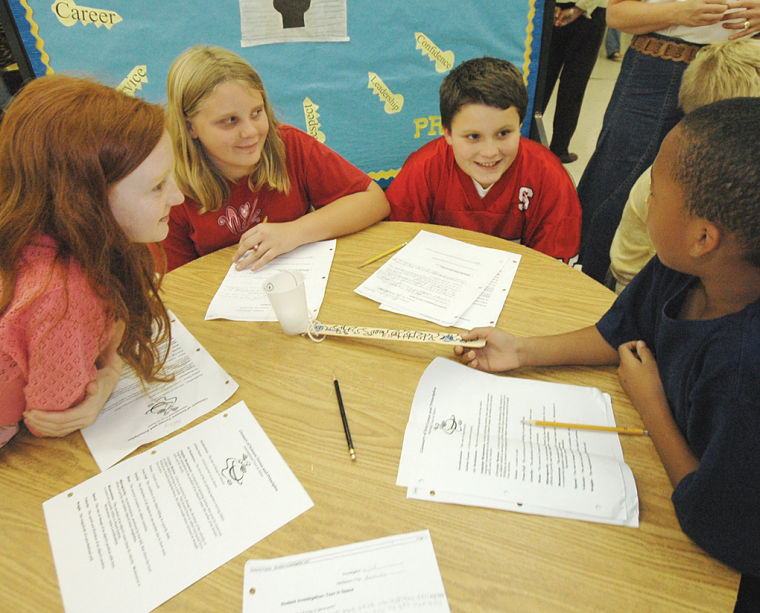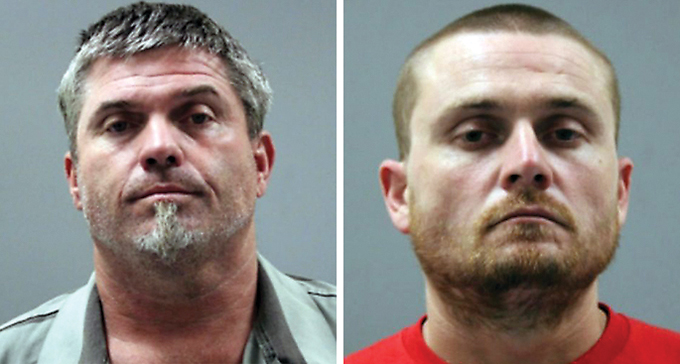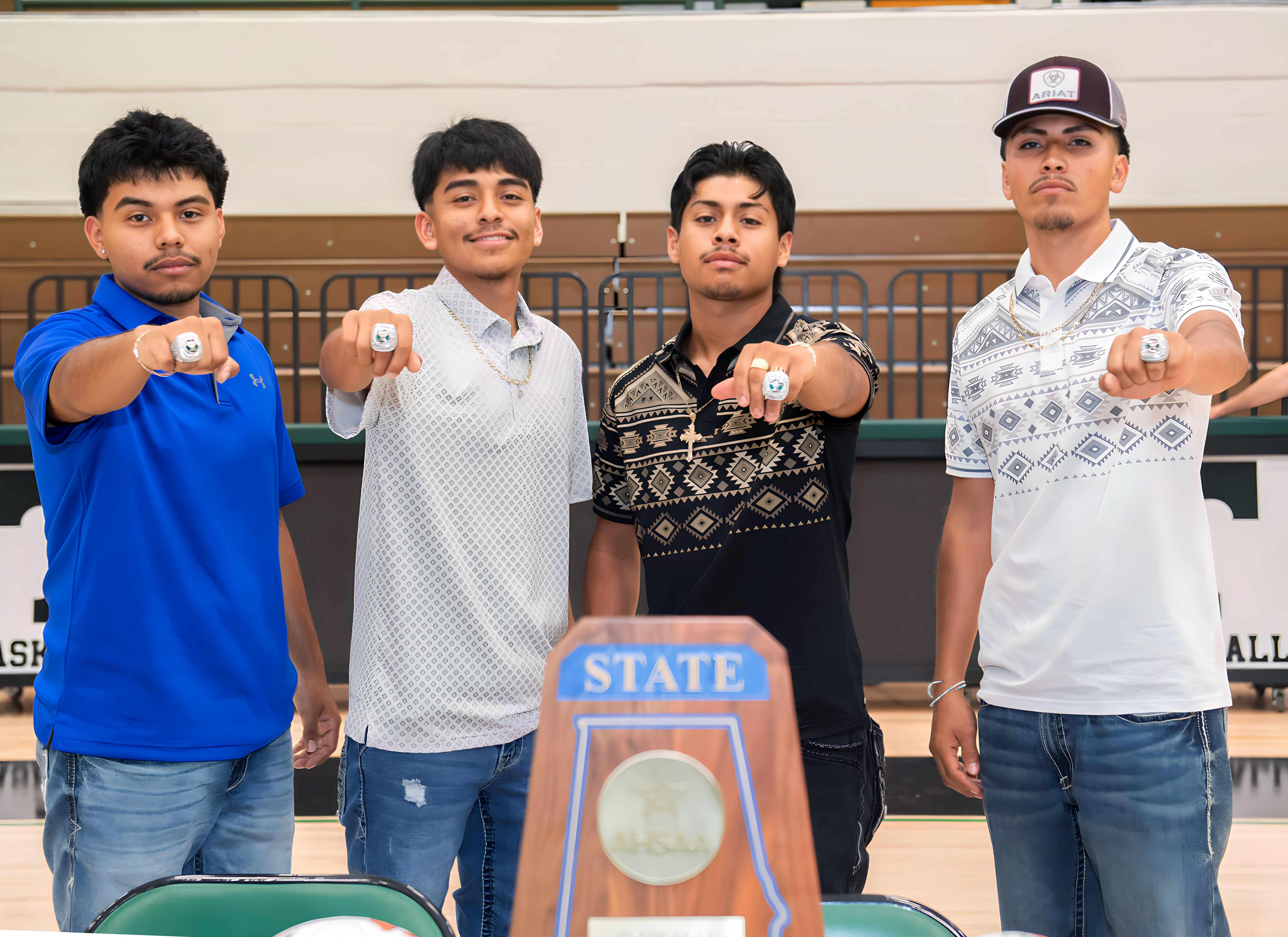Students’ theories on how toys work in space are checked by astronauts
Published 9:30 pm Tuesday, September 26, 2006

- Both gifted and remedial students from Limestone County Schools took part in a “Toys in Space” teleconference of NASA’s Digital Learning Center Tuesday at the Career Technical Center. Here, a team of students, from left, Riley Livingston, Haley Humphrey, Bodie Staton and Stephen Simon present their hypothesis on how the tethered ball of their kendama, a toy of Japanese origin, would react in the microgravity environment of the shuttle or International Space Station.
If you have a sneaking suspicion that shuttle and International Space Station astronauts were just playing around up there, you’re right.
The latest group of astronauts played with 25 toys, to be exact.
According to Scott Anderson, instructional technology coordinator with NASA’s Digital Learning Network, this work that looks like play is to compare how objects behave on earth to how they behave in microgravity.
The end result is to deliver a manned mission on Mars and bring the craft safely back to earth. It’s a big jump from playing with toys to exploring the solar system’s planets, and it will take a lot of scientists and aeronautical engineers to help NASA make the leap.
NASA’s future scientists and engineers will come from today’s public school students. “Toys in Space Investigation” helps students in early grades understand how math, science and physics apply to this stellar purpose.
Students from Limestone County’s Best Academy, the Talented and Gifted Program, and Tanner High School’s fifth through eighth grade science classes met at the Career Technical Center Tuesday to analyze, observe and quantify how four toys behave on earth using the scientific process and laws of physics.
In a teleconference linkage with NASA’s Digital Network, Anderson asked and answered questions. But in the days leading up to Tuesday’s teleconference, the students studied how boomerangs, kendamas, jump ropes and soccer balls behaved according to the concepts of action-reaction force, angular momentum, trajectory and centripetal force.
Next, they formulated hypotheses on how the toy would perform better in microgravity, sometimes changing the hardware or rules.
In Tuesday’s teleconference, Anderson asked the students to describe everyday activities or drinking water. He explained and showed footage of actual astronauts dealing with those activities in microgravity. He said sometimes just staying in bed requires Velcro or other fasteners to keep the space travelers from floating all over the cabin.
Anderson explained that what appears to be floating, is actually objects traveling at the same speed in a weightless environment, so that is why they do not behave as they would in Earth’s gravity. For instance, a boomerang doesn’t return to the thrower, but travels on until air currents inside the craft eventually cause it to fall.
People jumping rope in microgravity eventually bump their heads on the ceiling. Soccer balls seem to have minds of their own and the tethered ball of a kendama will not stay put in the cup in which it is caught.
Stefanie Payne, an aide in the Best Academy, said she is always looking for “hands-on” opportunities in science and math for her students.
“With NASA right here in our back yard it would be a shame not to take advantage of it,” said Payne.
Best Academy is a countywide remedial program for students in sixth through eighth grades.
“All county schools can send students to Best Academy,” said Payne. “This is for student who are doing all they can and still failing. They can either act out or check out. We take those with academic potential and catch them up and get them back in school.”
Payne said if students in early grades do not grasp math and science, by the time they get to eighth grade, it is almost impossible to catch up. She said American children, who are on a par with children throughout the world, fall to 29th place in math and science by the time they reach eighth grade.
“In order to support the mission to Mars and the Moon, we are trying to generate interest in math and science,” said Payne.
She said the attractive part about the Toys in Space program is that remedial students study alongside gifted students. Toys are a common denominator that blurs class distinctions because all children play with toys.





